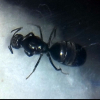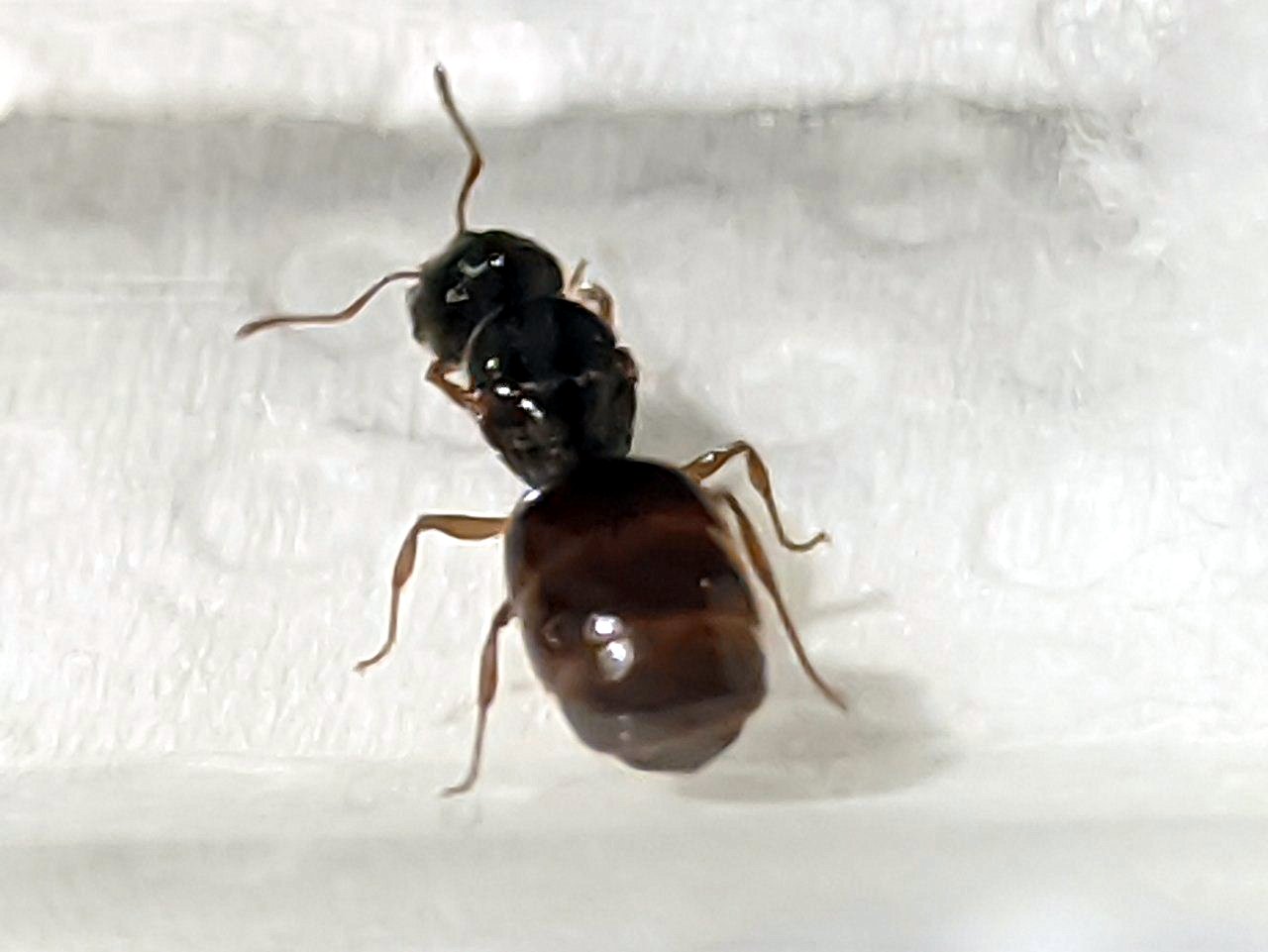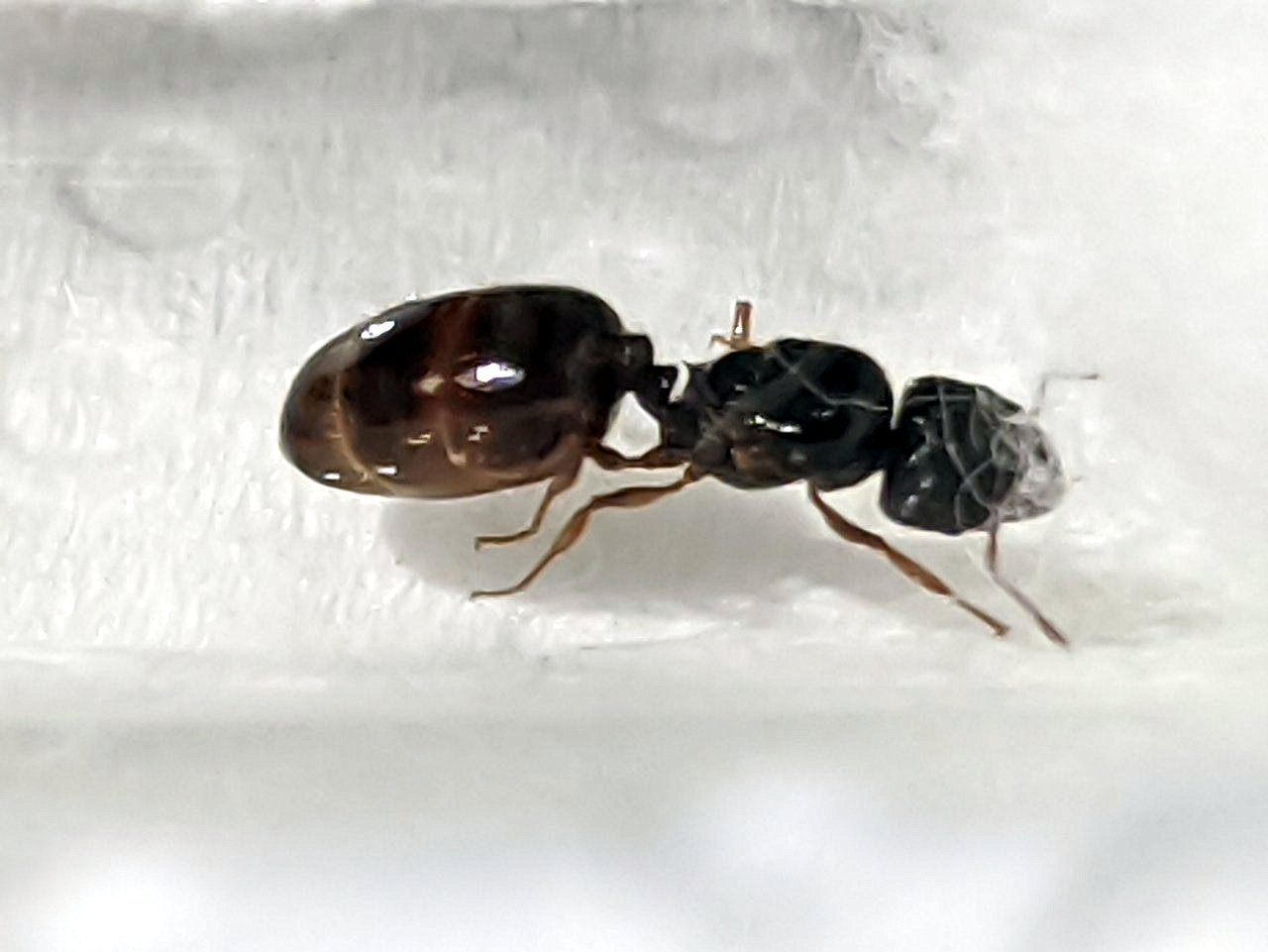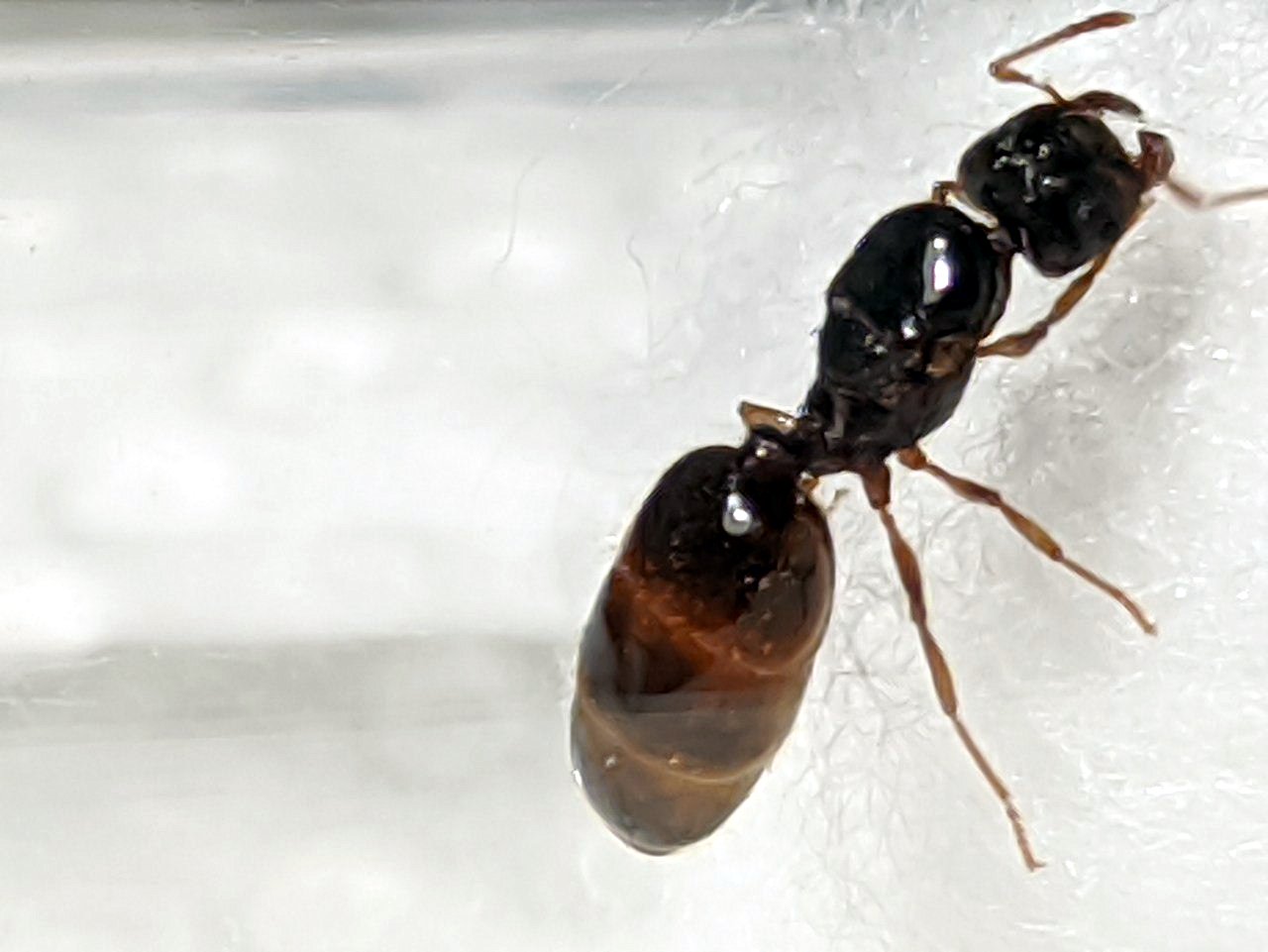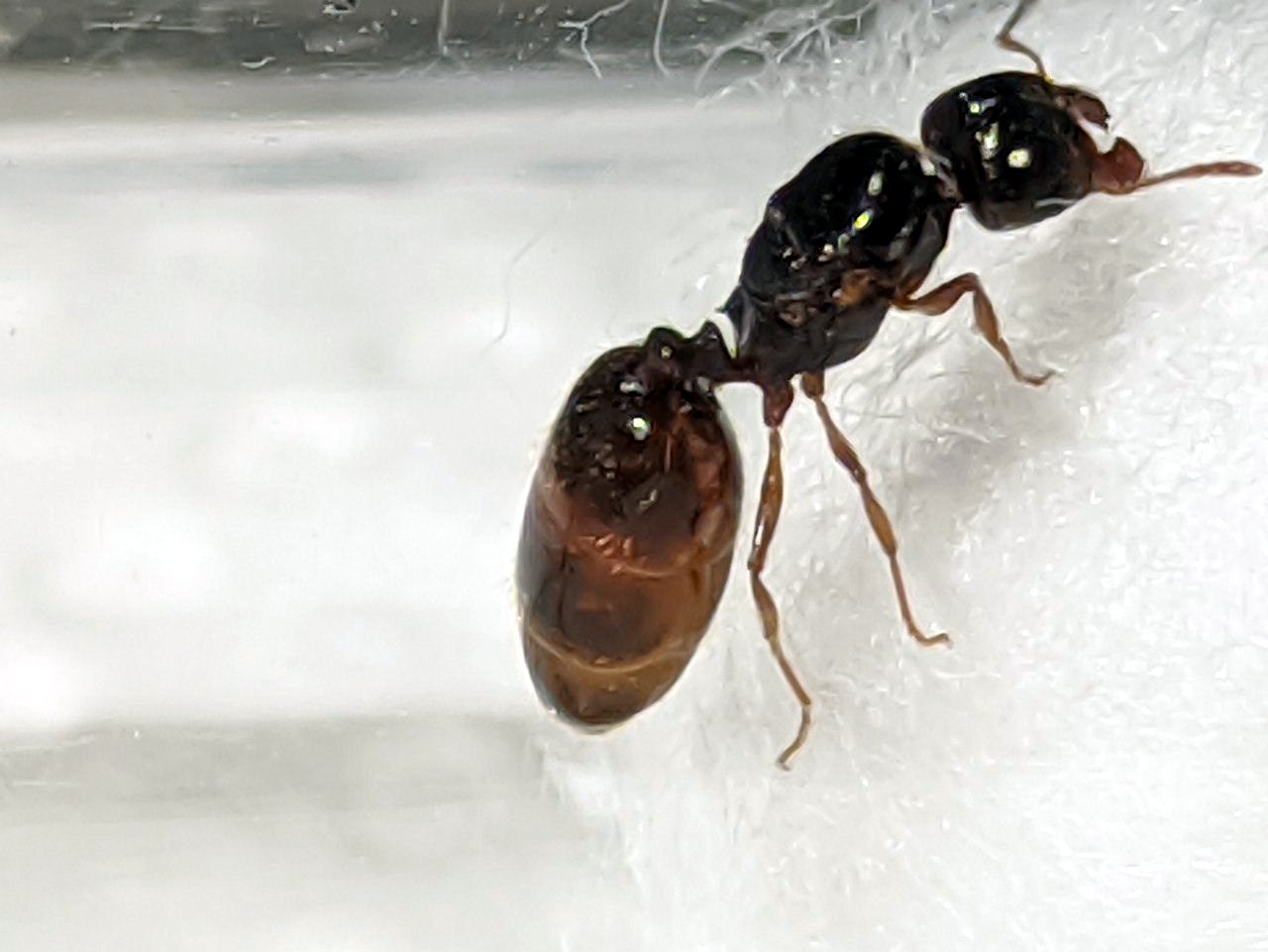Hi guys!
A few hours ago, near nightfall I was taking a hike on my usual place, with lots of ant colonies around, and I've found this queen on the dirt road between the little pebbles.
1. Location of collection
Portugal, Europe
2. Date of collection
June 19th 2023
3. Habitat of collection
Country side, in an area cultivated with an intensive Eucalyptus monoculture (as is most of my region) and some pine trees.
The dirt road is very dry with lots of little pebbles. Very near there is a place that can accumulate rain falls and make a pond and has juncus plants, but by now, as it is summer, it should be already dry or with some moisture as in the last week there have been a few ocasional light rains.
The soil, very dry, is generally made out little rocks and pebbles.
This queen was walking on the dirt road (which is surrounded by a sort of juncus plants) at night fall.
4. Length
Very small, 7mm.
5. Coloration, hue, pattern and texture
The head and the thorax are black. The legs are light brown, looking a bit translucent.
Her gaster is a little lighter in color, and its shape is not very "fat" and round, it's more elongated. It has 3 stripes of lighter brown (one of them really near her rear.
She seems to have no hairs.
Please see the attached photos.
6. Distinguishing characteristics
She only has one single petiole. Sometimes it looks like 2, but I think it is the shape of the junction between the thorax and the gaster. Please refer to the photos.
So what can she be?
As usual, many thanks guys!


